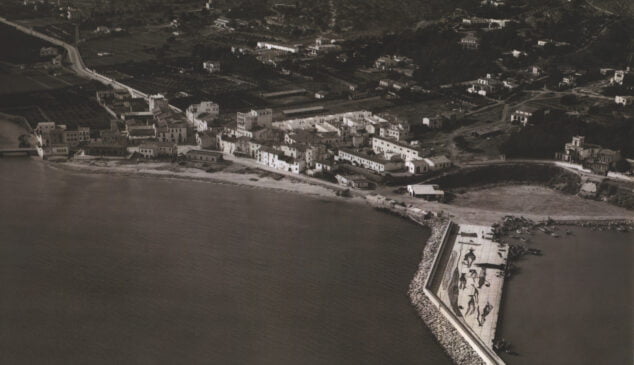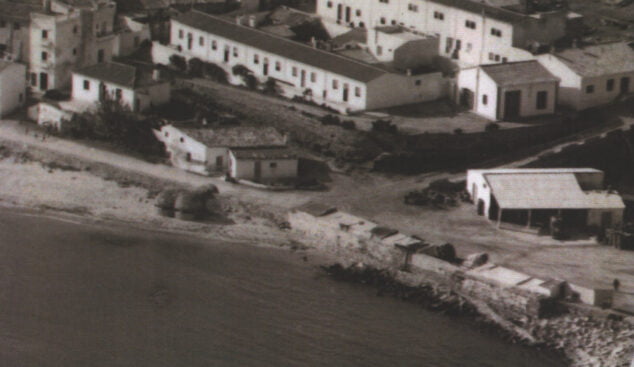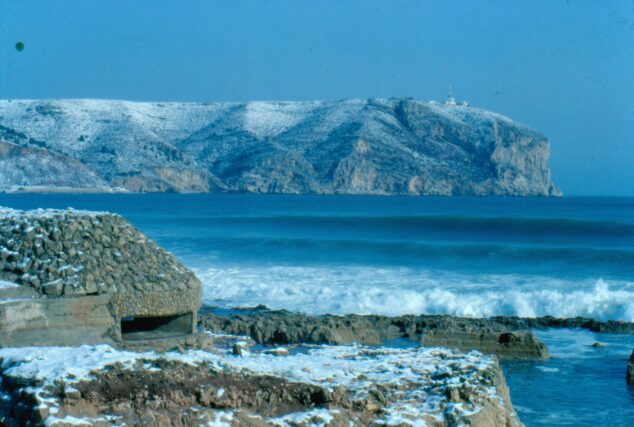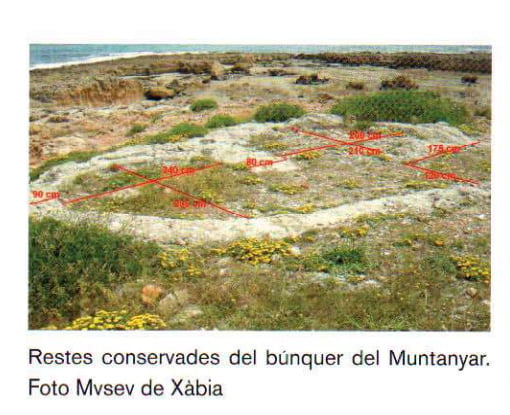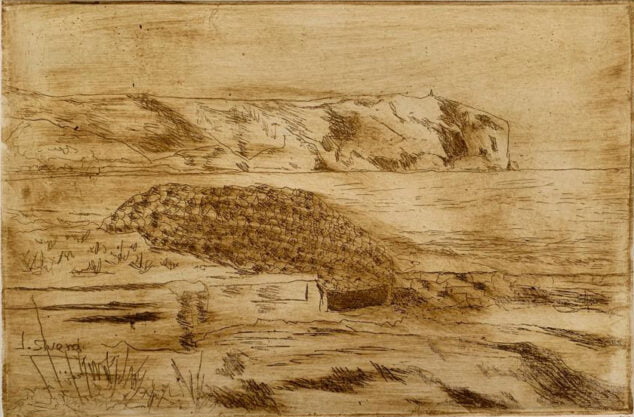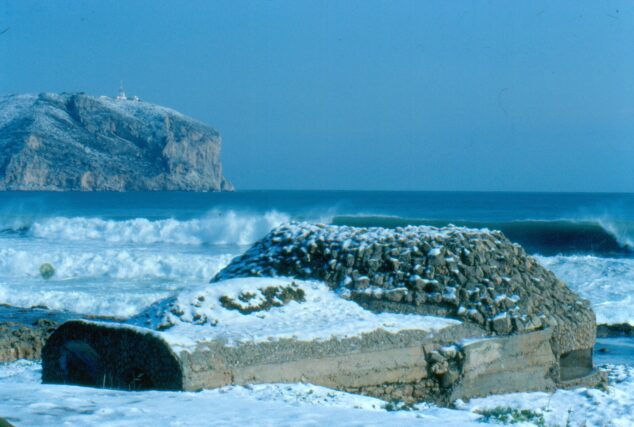Thousands of signs, now disappeared, show the history lived in Xàbia. Every stone, every shape or every existing structure has an important past history. If we go back to July 18, 1936, almost a century ago, we find the start of the Spanish Civil War. A part of the Spanish army rose up against the legitimate government of the Republic, giving rise to a war that lasted three years.
During this period, thousands were the losses caused, both human and material, due to the bombardments of the aviation, the attacks of the navy on the coastal areas and the repression exercised against republicans or nationals in the territories under the control of one side or the other.
Xàbia and the Marina Alta, due to its position on the coast, with a small port and the installation, in 1937, of a airfield with two runways, put him at risk from possible attacks by Franco's army and his allies: the air force of Fascist Italy and the Condor legion of Nazi Germany.
Thus, to defend and control the stretch of coast between Dénia and Xábia, a defensive line was created on the coast, specifically between Les Marines (Dénia) and El Portitxol (Xàbia), with the construction of several nests or bunkers.
In Xàbia, a large semi-subterranean battery was built, 90 meters above sea level, in the Portitxol area, to protect the town's bay. A building that is still preserved inside one of the private plots that had an underground powder magazine with a type of square-shaped well through which the projectiles would go up.
But in addition to this battery, other defensive elements such as bunkers were built. A total of four nests that occupied the area from the Grava beach until almost the end of first Montañar, bordering on the beginning of the Playa del Arenal.
The first was located next to the pier, north end of the Grava beach; the others on the Benissero beach and along the Primer Montañar, while another is in the vicinity of the Baños de la Reina area. Bunkers that were preserved until the 90s, and of which the base of one of them is still preserved, or at least can be seen.
And the history of these constructions is captured, in addition to some private photographs that have been recovered, in an engraving made in 1990 by the artist from Xàbia, José Sivera. A work that he did more than 30 years ago with the painter Segarra Llamas in his early learning about this technique and at the start of the First Painting School of Xàbia.
Sivera has explained that this engraving, now brought to light as a Christmas gift to colleagues from the local press, shows a historic image; "the missing machine gun nest located near the Parador Nacional, in the Primer Montañar, with the Cape San Antonio at the bottom".

